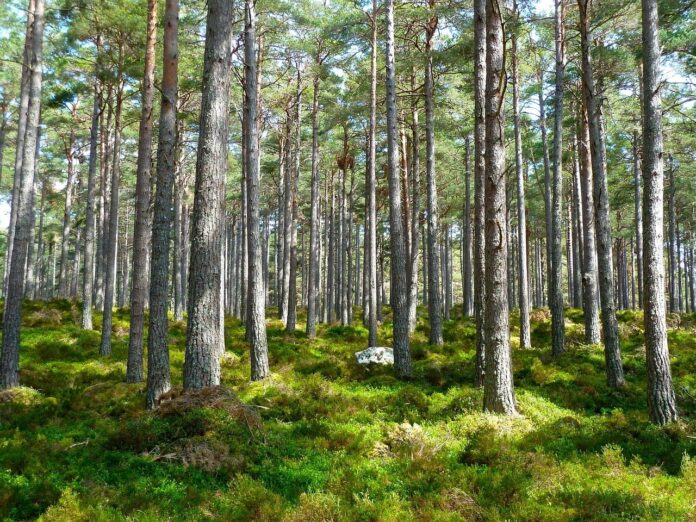The concept of biodiversity hotspots has become a cornerstone of conservation efforts globally, guiding the deployment of resources towards areas with exceptional concentrations of endemic species and significant threats from human activities. Understanding how these hotspots are defined, the challenges they face, and the strategic approaches to their conservation is crucial for safeguarding the genetic, species, and ecosystem variety that underpin ecological resilience and human well-being.
Understanding Biodiversity Hotspots
Biodiversity hotspots are regions that are both exceptionally rich in biological diversity and severely threatened by human activities. The term was first coined by conservation biologist Norman Myers in 1988 and has since been used to identify areas that contain at least 1,500 species of vascular plants as endemics — meaning they are found nowhere else on Earth — and have lost at least 70% of their primary vegetation. These hotspots cover only about 2.3% of Earth’s land surface, yet they support more than half of the world’s endemic plant species and nearly 43% of endemic bird, mammal, reptile, and amphibian species.
Being the treasure troves of biodiversity, these hotspots provide critical ecosystem services, such as carbon sequestration, soil formation, and pollination, which are fundamental to the survival of human populations. Understanding these hotspots involves recognizing their biological significance, their geographical characteristics, and the ecological processes that sustain them. It also includes acknowledging the intrinsic value of biodiversity, irrespective of its utilitarian benefits to humans, and the importance of conserving these areas as a legacy for future generations.
Threats to Vital Ecosystems
The threats to biodiversity hotspots are both diverse and severe, ranging from habitat destruction to climate change. Primary among them is habitat loss due to deforestation, agricultural expansion, urban development, and infrastructure projects. These activities not only reduce the available habitat for species but also fragment landscapes, making it difficult for species to migrate, find mates, and access necessary resources. Overexploitation of species through hunting, fishing, and harvesting of plants also poses a significant risk, leading to population declines and extinctions.
In addition to these direct impacts, hotspots are increasingly threatened by invasive species, pollution, and the overarching effects of global climate change. Invasive species can outcompete native flora and fauna, alter habitats, and disrupt the balance of ecosystems. Pollution, including that from plastics, pesticides, and industrial waste, contaminates waterways and soils, affecting both wildlife and human health. Climate change compounds these threats by altering temperature and precipitation patterns, leading to shifts in species distributions, and increasing the frequency and intensity of natural disasters. These multifaceted threats necessitate a multi-pronged approach to conservation.
Strategies for Conservation Efforts
Addressing the complex challenges faced by biodiversity hotspots requires strategic and concerted conservation efforts. One key strategy is the establishment and effective management of protected areas, which can safeguard critical habitats and provide refuges for endangered species. However, simply designating protected areas is not sufficient; these areas need to be connected through ecological corridors to allow for species movement and genetic exchange. Additionally, the integration of community-based conservation initiatives ensures that local populations are engaged and benefit from the preservation of these ecosystems, fostering a sense of stewardship and sustainable use of resources.
Conservation strategies must also be adaptable and science-driven, incorporating the latest research on climate change, species interactions, and ecosystem functions. This may include the restoration of degraded habitats, the reintroduction of species, and the implementation of sustainable land-use practices that balance human needs with ecological preservation. International cooperation is critical, as many hotspots cross national boundaries, and global threats like climate change require coordinated global responses. Finally, raising awareness and education about the importance of biodiversity hotspots can create a broader constituency for conservation, engaging governments, NGOs, the private sector, and the general public in the collective effort to protect our planet’s most precious biological resources.
The survival of Earth’s biodiversity hotspots is not merely a concern for conservationists but a critical issue for all of humanity. These vibrant ecosystems are reservoirs of life and providers of essential services that sustain human societies. By deepening our understanding of hotspots, confronting the threats they face, and implementing multifaceted conservation strategies, we can work towards preserving these irreplaceable treasures. While the task is daunting, the collective will and concerted action can ensure that biodiversity hotspots continue to thrive, supporting the rich tapestry of life upon which we all depend. The legacy of our time may well be defined by our commitment to safeguarding these natural wonders for the countless species that inhabit them and for the future generations of humankind.
